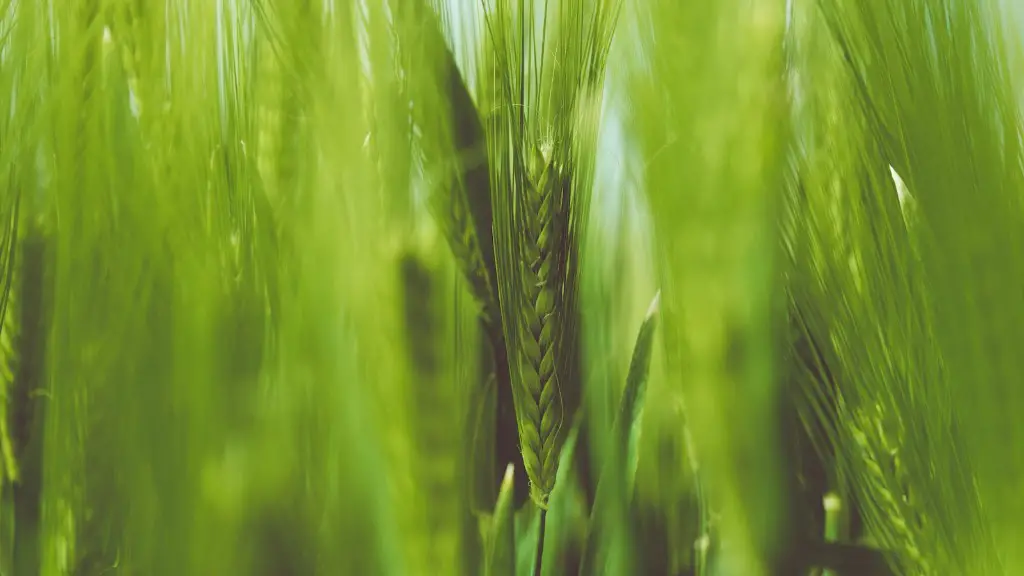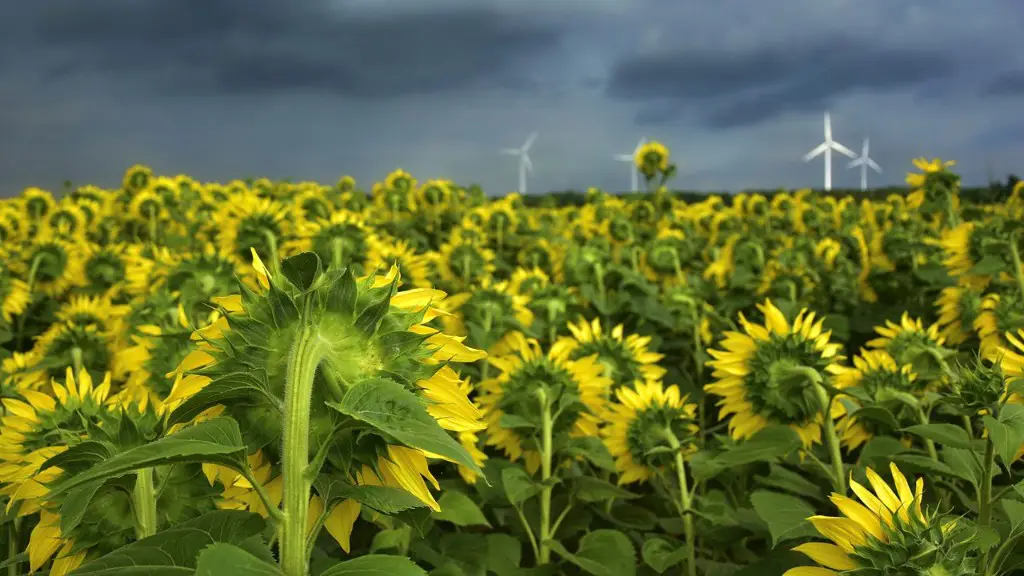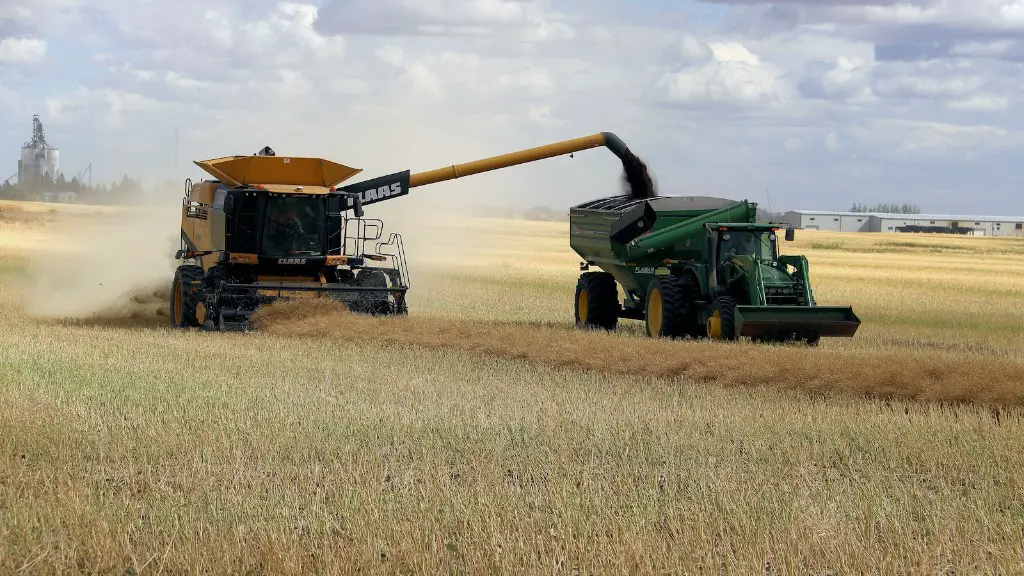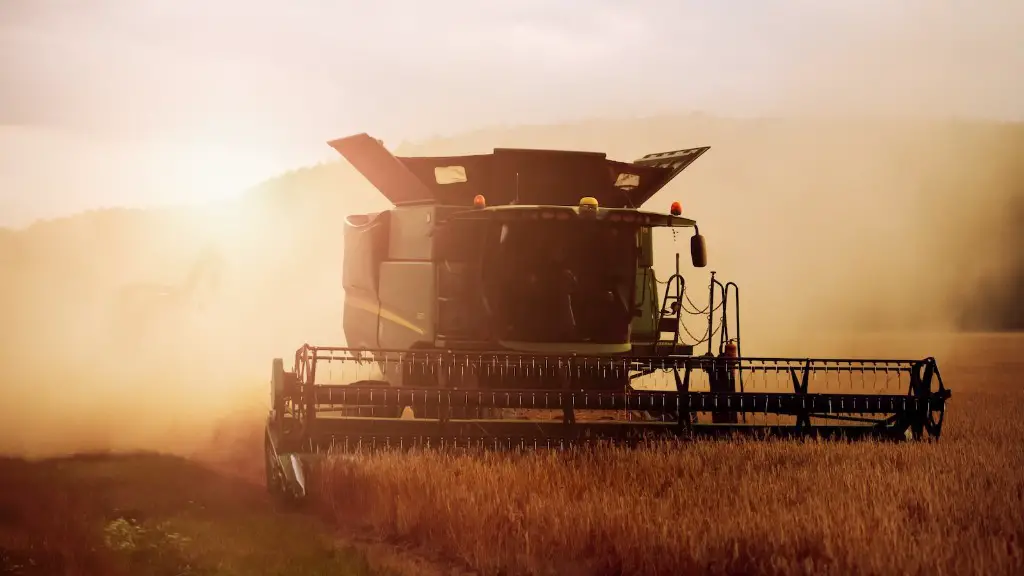The origins of agriculture date back to the early Holocene era, around 10,000 BC. Agriculture first developed in various regions around the world, including the Fertile Crescent in the Middle East, the Andes region in South America, and the Yangtze River valley in China. Each region developed unique methods of cultivation and domestication, based on the local climate and available resources.
The first agricultural societies developed in various places around the world, including the Middle East, China, Mesoamerica, and the Andes.
When was agriculture first developed?
Agricultural communities developed approximately 10,000 years ago when humans began to domesticate plants and animals. By establishing domesticity, families and larger groups were able to build communities and transition from a nomadic hunter-gatherer lifestyle dependent on foraging and hunting for survival. Agriculture allowed for the domestication of plants and animals, which led to the development of civilizations and the growth of cities and states. Agriculture also allowed for the growth of food surpluses, which allowed for the development of trade and commerce. The development of agriculture was a major turning point in human history and has had a profound impact on the world today.
A new study has found evidence that suggests farming was actually invented much earlier, around 23,000 years ago in China. This is a significant finding as it upends the previous belief about the origins of farming and has major implications for our understanding of the history of human civilization.
The study was conducted by an international team of researchers who analyzed archaeological data from China’s Loess Plateau, an area that is rich in archaeological remains from the Paleolithic period. The team found evidence of early farming practices such as crop cultivation and animal husbandry. This suggests that farming was invented in China around 23,000 years ago, much earlier than previously thought.
The findings of this study have major implications for our understanding of the history of human civilization. It suggests that the origins of farming are much older than previously thought, and that the spread of farming across the globe may have been more complex than previously believed. This research will help to shed new light on the history of human civilization and the origins of agriculture.
Who were the first to develop agriculture
The Egyptians were among the first peoples to practice agriculture on a large scale. This was made possible with the development of basin irrigation. Basin irrigation is a method of irrigation in which water is collected in a basin and then distributed to the crops. This method was first developed in the pre-dynastic period, between around 10,000 BC and 4000 BC.
Farming began c 10,000 BC on land that became known as the FERTILE CRESCENT. Hunter-gatherers, who had traveled to the area in search of food, began to harvest (gather) wild grains they found growing there. They scattered spare grains on the ground to grow more food.
Which country was first rank in agriculture?
China is the world’s leading producer of fruit, vegetables, cereals, cotton, eggs and poultry. The country has only 10% of the world’s arable land, but produces a quarter of the global grain output. China’s agricultural production is an important part of the country’s economy.
The Tigris and Euphrates rivers have long been a source of floodwaters that have helped to make the land around them especially fertile. This has made the region an ideal place for the Neolithic Revolution, also called the Agricultural Revolution, which began to take place almost 12,000 years ago. The Neolithic Revolution was a time when humans began to domesticate plants and animals, and to develop new methods of agriculture. This led to a dramatic increase in the amount of food that could be produced, and to the growth of human settlements.
What is the beginning of agriculture?
Farming began in the predynastic period at the end of the Paleolithic, after 10,000 BC. Staple food crops were grains such as wheat and barley, alongside industrial crops such as flax and papyrus. In India, wheat, barley and jujube were domesticated by 9,000 BC, soon followed by sheep and goats.
Agriculture is thought to have first originated around 10,000 years ago, or approximately 400 human generations back in time. This is based on evidence gathered from archaeological sites. Agriculture allowed for the domestication of plants and animals, which led to the development of civilizations. Agriculture allowed for the growth of cities and the rise of empires.
Where did agriculture first develop in the Americas
The early history of plant domestication is thought to have begun in lower Central America and northwestern South America. This is based on evidence from microfossils found in these regions. Agriculture is thought to have led to landscape transformations in the Americas, though the extent and nature of these changes varied across time and place.
The Green Revolution in India was initially regionalized to the Punjab, Haryana, and Western Uttar Pradesh. The successful implementation of these modern farming practices in these regions led to the expansion of the Green Revolution throughout the country. India is now one of the leading producers of food in the world thanks to the incredible advances made through the Green Revolution.
Which state is first in farming?
These three states are the main contributors to India’s food grain production, accounting for almost 40% of the total. Uttar Pradesh is the largest contributor, with 1889% of the total, followed by Madhya Pradesh (1036%) and Punjab (965%). This is an important factor to consider when thinking about India’s food security.
Mesopotamia was home to one of the most plentiful agricultural systems in the ancient world. The main types of grain that were used for agriculture were barley, wheat, millet, and emmer. These grains were essential to the Mesopotamian diet and allowed for a variety of different dishes to be created. The agricultural system in Mesopotamia was so successful that it allowed for the Mesopotamian civilization to flourish.
What did Mesopotamia invent
Mesopotamia is known as the “cradle of civilization” because it was here that some of the most important ideas and concepts were invented. These include writing, math, medicine, libraries, road networks, domesticated animals, spoked wheels, the zodiac, astronomy, looms, plows, and even beer making and counting in 60s. This makes Mesopotamia an extremely important part of human history and a place that is definitely worth learning more about.
The Mesopotamians were a highly innovative people, responsible for many inventions that we still use today. These include the wheel, mass-produced ceramics, mathematics, writing, cylinder seals and envelopes, mass-produced bricks, and cities. The Mesopotamians were clearly ahead of their time, and their legacy continues to impact our world in a positive way.
What was the agriculture of Babylonia?
In Babylonia, the major crops included barley, dates, wheat, lentils, peas, beans, olives, pomegranates, grapes, and vegetables. Pistachios were grown in the royal gardens.
Farming emerged in West Africa at about 3000 BCE. It is possible that there was a “Garden of Eden” there that “trapped” people into early farming.
Final Words
There is some debate on where agriculture was first developed, but many scholars believe it was in the Fertile Crescent region. This region includes parts of modern day Iraq, Iran, Syria, Lebanon, Israel, and Jordan.
Although there is some debate, it is thought that agriculture was first developed in the Fertile Crescent, which is an area that includes parts of the Middle East. This is because there is evidence of early agriculture in this region, including early tools and techniques.





